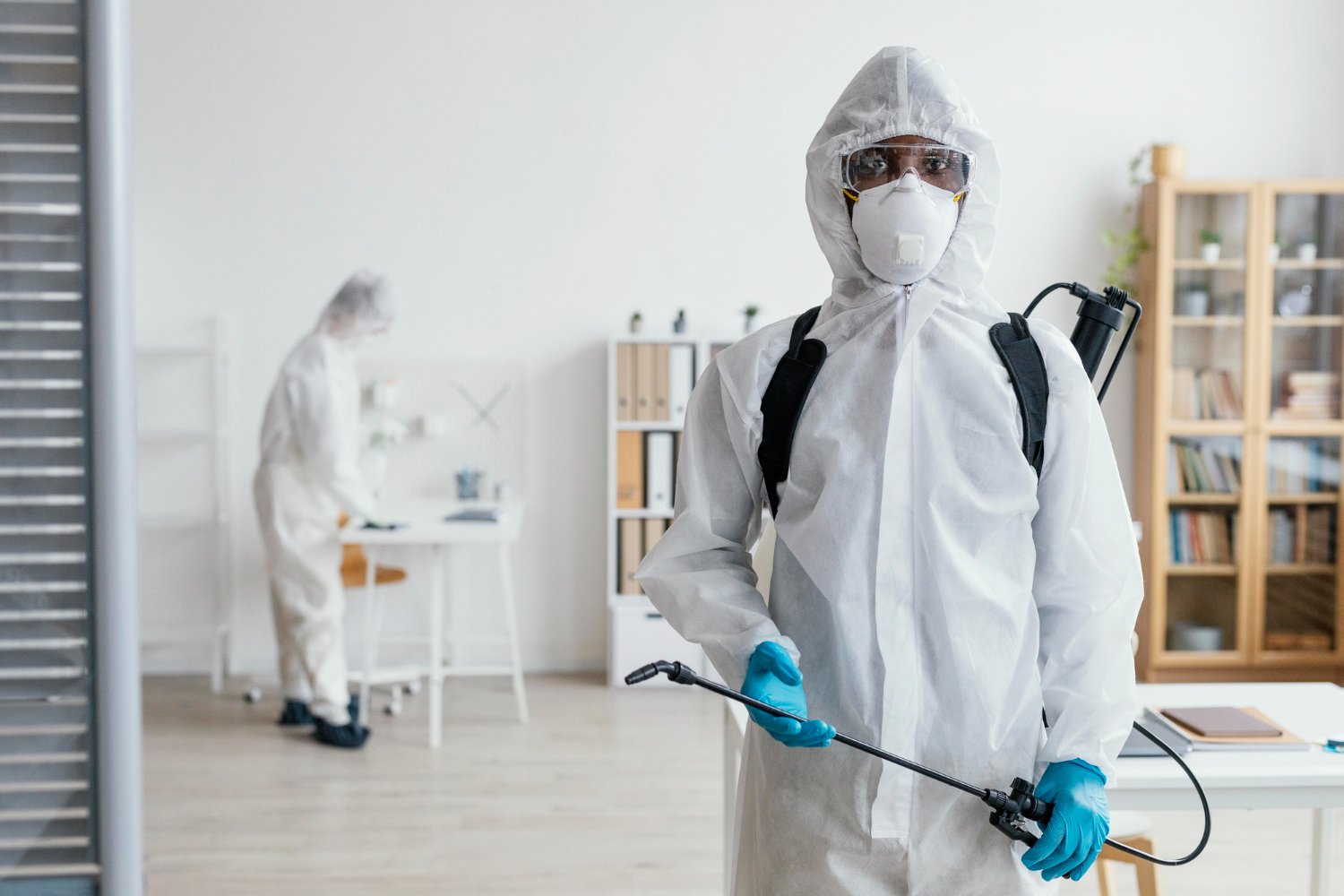Bed Pest Treatment Breakdown: Comparing Chemical Vs. Non-Chemical Solutions
In the world of pest control, specifically when managing the consistent issue of bed bugs, the option between chemical and non-chemical treatment remedies can be a pivotal one. Both methods supply unique benefits and drawbacks, affecting elements such as performance, security considerations, and total expense. By taking a look at the nuanced information of each method, a more clear understanding of which course to pursue in dealing with a bed pest infestation can be achieved.
Effectiveness of Chemical Therapies
Chemical treatments for bed bug invasions have been widely acknowledged for their powerful and rapid efficiency in getting rid of these pests. When thinking about the effectiveness of chemical treatments, it is critical to comprehend that they can give a quick and thorough remedy to a bed bug trouble. Professional exterminators usually count on insecticides to target bed pests at numerous stages of their life cycle, including eggs, nymphs, and grownups. These chemicals typically function by interfering with the bed insects' worried system, resulting in paralysis and eventual death.
Moreover, chemical therapies have the benefit of offering residual impacts, implying that they can remain to get rid of bed pests also after the initial application. This residual action is particularly valuable in combating any possible re-infestations. In addition, the quick action of chemical treatments can bring alleviation to individuals facing extreme bed bug invasions, allowing them to reclaim control of their living rooms promptly.
Safety And Security Interest In Chemical Solutions
One crucial aspect that requires mindful consideration when utilizing chemical solutions for bed bug therapy is guaranteeing the safety and security of passengers and the setting. Direct exposure to specific chemicals used in bed bug therapies can lead to breathing problems, skin irritability, or various other unfavorable responses, particularly in people with pre-existing conditions or level of sensitivities.
Furthermore, the environmental influence of chemical services is another significant factor to consider. Some pesticides made use of in bed bug treatments may be unsafe to helpful pests, wild animals, and communities if they seep into the dirt or water supply. It is necessary to utilize chemical therapies judiciously, complying with security standards, and thinking about less toxic choices to reduce these threats and guarantee the risk-free and effective monitoring of bed bug invasions.
Advantages of Non-Chemical Strategies
Thinking about the potential safety worries and environmental impact connected with chemical solutions for bed bug therapy, discovering non-chemical techniques presents an encouraging choice with a number of unique advantages. Non-chemical methods use a much safer alternative for households, specifically those with youngsters, family pets, or people delicate to severe chemicals. These methods get rid of the threats of direct exposure to toxic materials, lowering the capacity for negative health and wellness results. Additionally, non-chemical therapies are ecologically friendly, as they do not add to air or water air pollution, making them a sustainable selection for parasite control.
Additionally, non-chemical solutions can be reliable in targeting bed pests, consisting of hard-to-reach locations where chemical treatments may not permeate - A1 pest control services charlotte. Approaches such as warm therapy, vacuuming, steam cleaning, and cushion encasements offer comprehensive obliteration without the use of harmful chemicals.
Limitations of Non-Chemical Treatments

Furthermore, non-chemical treatments often call for numerous applications to achieve successful obliteration. This can be time-consuming and may not constantly assure total elimination of all bed bugs and their eggs, particularly home pest prevention in hidden or hard-to-reach areas.
In addition, the success of non-chemical therapies greatly depends on proper implementation and thoroughness, which can be challenging for individuals without expert know-how. Insufficient application of non-chemical techniques might result in insufficient obliteration, bring about relentless problems and the need for extra therapies.
As a result, while non-chemical therapies have their advantages, it is necessary to acknowledge these restrictions and consider them when figuring out one of the most effective method for taking care of bed bug problems.
Cost Comparison: Chemical Vs. Non-Chemical Options
Given the constraints connected with non-chemical treatments, an important element to examine in the context of bed bug monitoring is the expense comparison between chemical and non-chemical choices. Chemical therapies generally include the application of insecticides by experts, which can range from $250 to $900 per room, relying on the severity of the invasion and the size of the area to be dealt with. In comparison, non-chemical treatments like warm treatment or steam can be extra expensive, with costs ranging from $1,000 to $6,000 for a whole home. While the first price of chemical therapies may seem lower, numerous treatments may be called for to completely eradicate the infestation, potentially boosting the overall cost. On the various other hand, non-chemical options might offer an extra lasting and rodent removal green solution, although they can be cost-prohibitive for some people. Ultimately, when taking into consideration the cost of bed bug treatment choices, it is necessary to weigh the ahead of time costs against the efficiency and long-lasting sustainability of the picked technique.
Verdict

Thinking about the possible security problems and ecological impact associated with chemical options for bed insect treatment, exploring non-chemical approaches provides an appealing choice with a number of unique benefits.Given the limitations associated with non-chemical therapies, a necessary facet to review in the context of bed pest administration is the price comparison in between chemical and non-chemical choices. In comparison, non-chemical therapies like heat treatment or vapor can be extra costly, with prices ranging from $1,000 to $6,000 for a whole home. While the preliminary price of chemical therapies may seem lower, several treatments might be called for to completely eradicate the problem, potentially enhancing the total cost.In final thought, when comparing chemical and non-chemical bed pest therapy alternatives, it is essential to think about efficiency, safety, advantages, limitations, and expense.